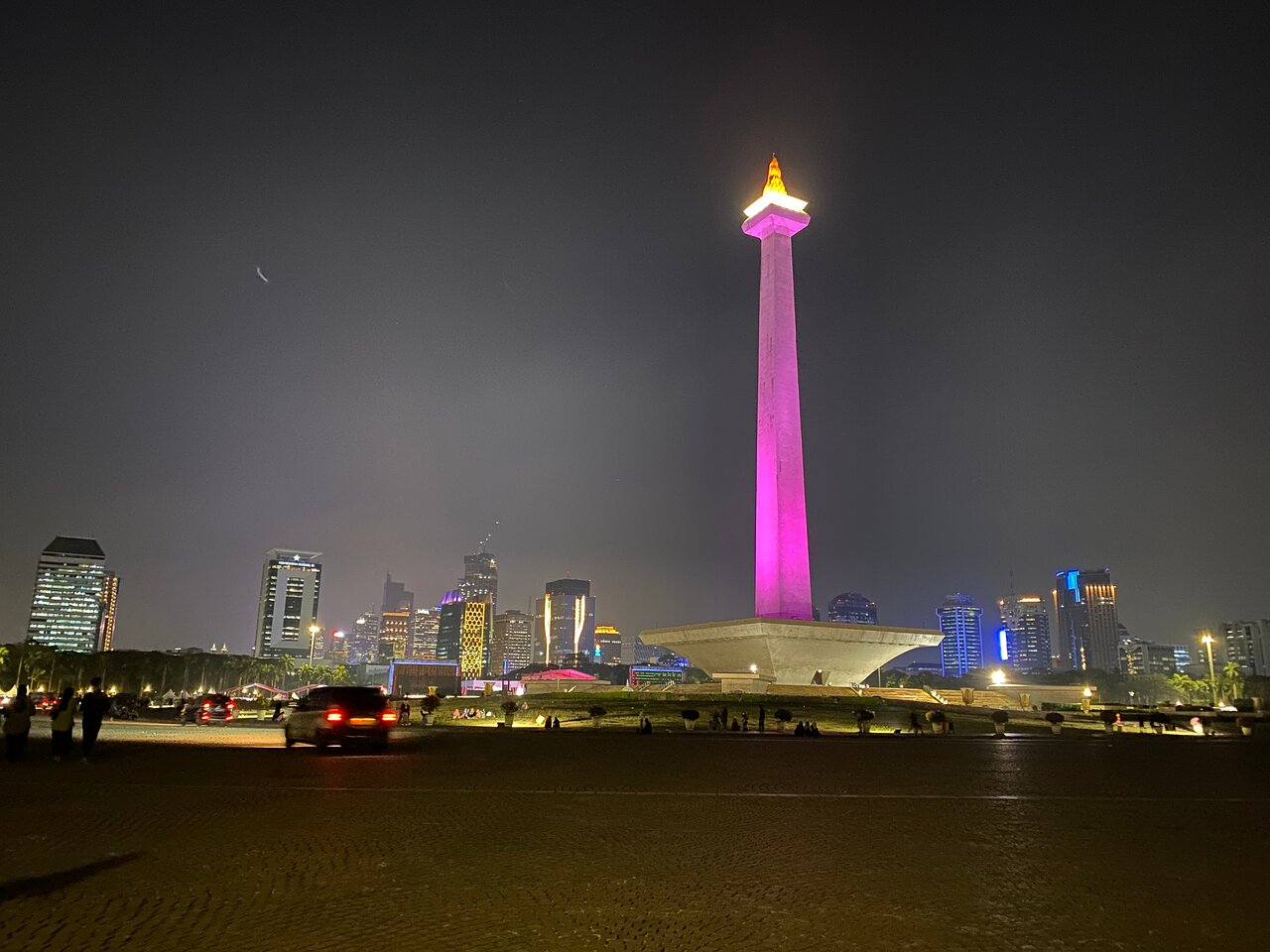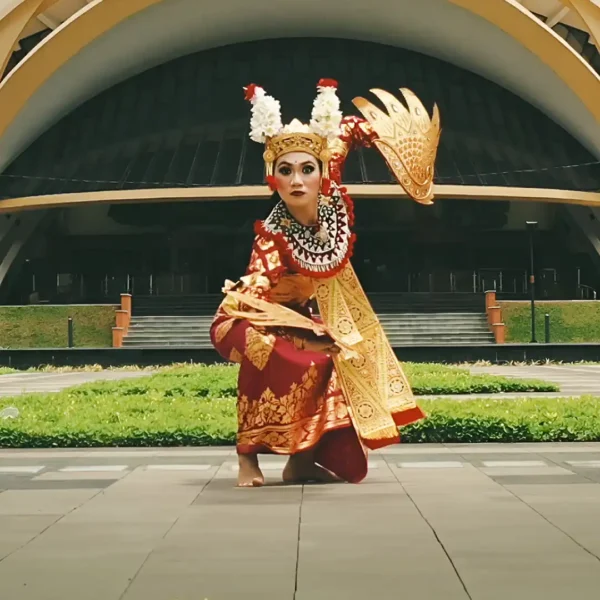Jakarta Half Day Tour: Explore the City’s Top Attractions
Jakarta
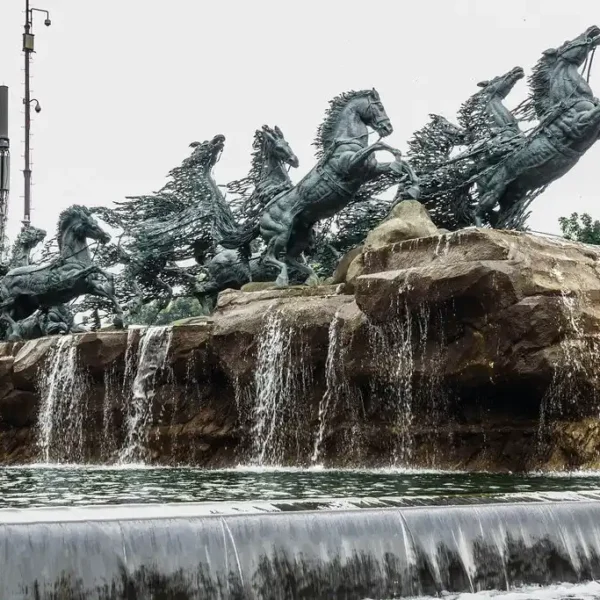
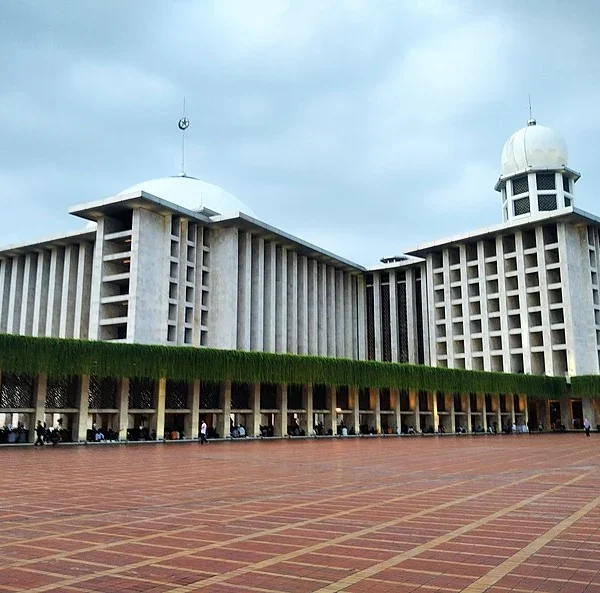
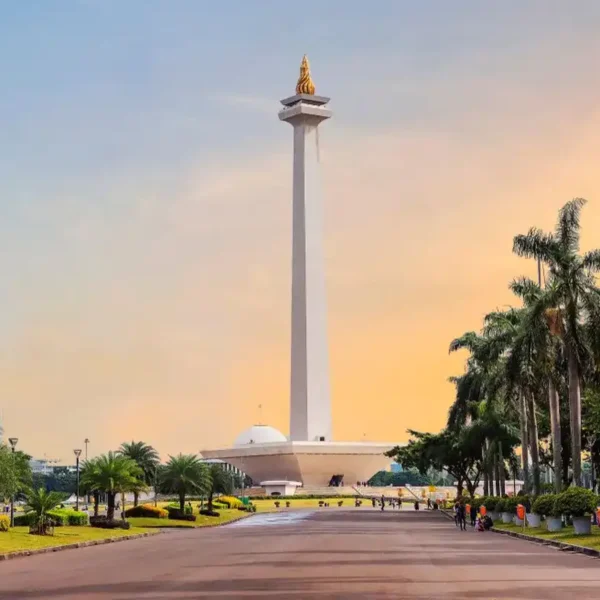
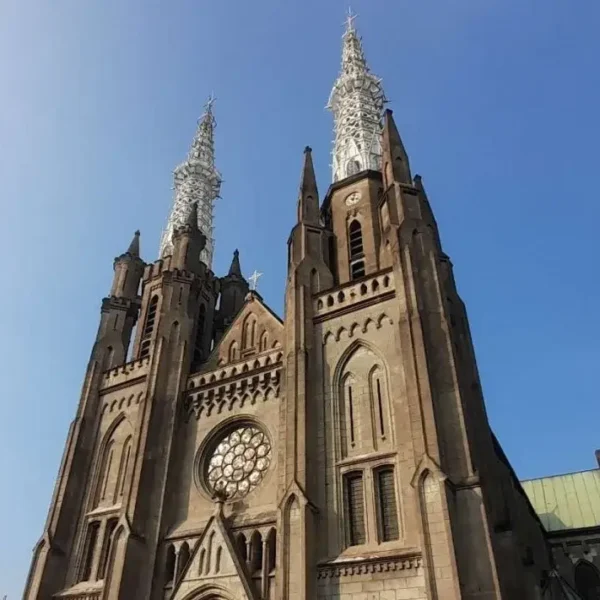
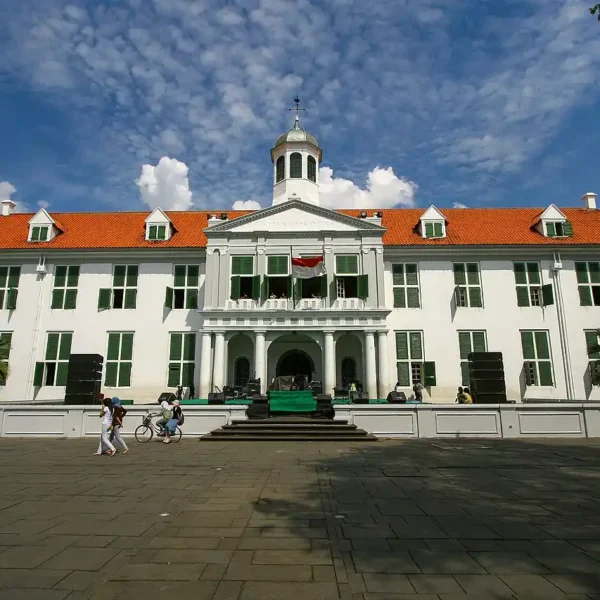
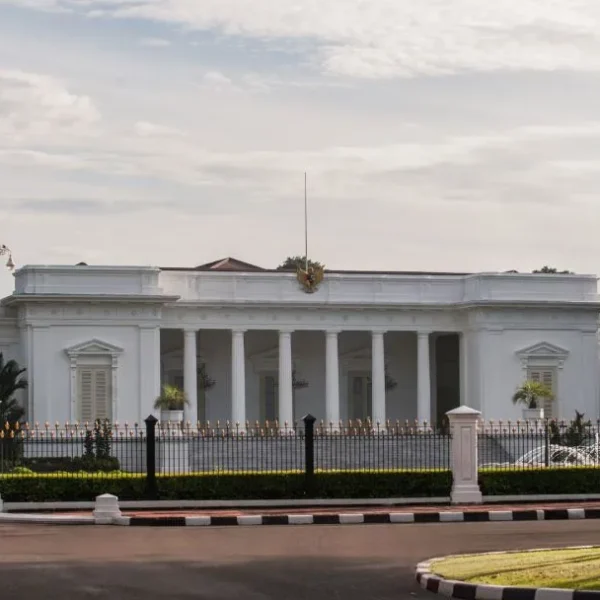
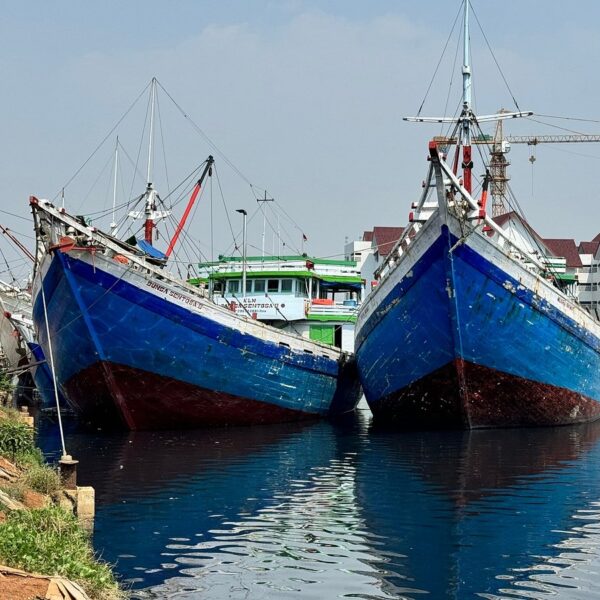
-
Location
Jakarta
-
Activities Type
City Tour
-
Tour Available
Everyday
-
Professional Live Guide
English Speaking
-
START FROMIDR 750.000 / PaxIDR 950.000
Overview
The Jakarta Half Day Tour is the perfect choice for travelers who want to experience the essence of Indonesia’s capital in a short amount of time. Whether you’re on a layover or have a packed itinerary, this tour is thoughtfully designed to showcase Jakarta’s most iconic landmarks and vibrant atmosphere. From the majestic National Monument (Monas) to the city’s rich historical districts, you’ll discover the cultural heart of Jakarta through an immersive and time-efficient journey.
Operated by Ekaputra Tour, this experience combines cultural exploration, historical discovery, and a glimpse into local life. It’s ideal for first-time visitors or busy travelers who don’t want to miss Jakarta’s highlights. With expert guides and a well-curated route, the Jakarta Half Day Tour offers a seamless and memorable way to uncover the city’s unique blend of heritage and modern energy.
Highlight
- Discover the hustle and bustle of Jakarta with an expert guide
- Explore Jakarta for those who only have a short time in Jakarta
- Visit the Old Town of Batavia the former center of Dutch rule
- Learn about the history, people, culture, and diversity in Indonesia
- Admire the beauty of the Jakarta Cathedral's architecture
Itinerary
Begin your journey at Merdeka Square, the heart of Jakarta’s political and cultural life. This vast open space is surrounded by important landmarks, including the Presidential Palace and the iconic Welcome Statue, which symbolizes Indonesia’s warm hospitality.
The Arjuna Wijaya statue also stands in the square, honoring the legendary warrior Arjuna from the Mahabharata epic. These landmarks reflect the country’s rich historical and cultural heritage, making Merdeka Square a significant starting point for any exploration of Jakarta.
Merdeka Square is not only a historical site but also a symbol of national pride. It serves as the venue for many important ceremonies and national celebrations, providing a sense of unity and patriotism to Indonesians. As you pass through the square, you’ll feel the weight of the country’s history and independence, all within a space that continues to play an important role in modern-day Jakarta.
The National Monument, or Monas, is a towering 132-meter symbol of Indonesia’s independence and pride. Located in the heart of Jakarta, this monument is one of the city’s most iconic landmarks, offering visitors a chance to explore Indonesia’s journey to independence.
Inside the base of the monument, you’ll find dioramas depicting key moments in the nation’s history, including the struggle for independence. A visit to the Independence Room reveals the proclamation gate and a gold-plated map of Indonesia, further connecting visitors to the country’s historical milestones.
Monas is not only a monument but a reminder of Indonesia’s enduring fight for freedom. Visitors can ascend the monument for a panoramic view of Jakarta, allowing a deeper connection to the city’s sprawling landscapes and historical significance. This landmark stands as a beacon of the nation’s strength, pride, and commitment to independence.
Istiqlal Mosque, the largest mosque in Southeast Asia, is a monumental symbol of Indonesia’s religious diversity and harmony. Situated in the city center, it stands proudly across from the Jakarta Cathedral, reinforcing Indonesia’s commitment to religious unity.
This modern architectural marvel features a grand dome, marble interiors, and the capacity to hold up to 200,000 worshippers. The mosque is open to visitors most days, though it’s closed on Fridays for religious services. Even if you’re unable to enter, the mosque’s exterior offers an impressive view.
The Istiqlal Mosque is more than just a religious site; it represents the peace and tolerance that define Indonesia’s cultural landscape. Its architectural design, which combines traditional Islamic elements with modern features, is a striking symbol of Indonesia’s progress and respect for diversity.
Whether you are exploring its interior or simply admiring its exterior, Istiqlal Mosque stands as a testament to Indonesia’s harmonious coexistence of cultures and faiths.
Jakarta Cathedral, built in 1891, stands across from Istiqlal Mosque as a symbol of Indonesia’s religious harmony. With its neo-gothic spires and elegant interiors, it reflects both Jakarta’s colonial history and the enduring presence of its Christian community.
Step back in time as you explore Old Town Batavia, Jakarta’s historic district that was once the center of Dutch colonial power. The area is characterized by its colonial-era buildings, canals, and cobblestone streets, which have earned it the nickname “Little Amsterdam.”
Old Town Batavia (Kota Tua) is home to various museums and historical sites, including the Fatahillah Museum, which offers a glimpse into the city’s past. This area is a perfect destination for history buffs who want to see how Jakarta evolved from a colonial outpost to a bustling modern metropolis.
In addition to its historical charm, Old Town Batavia is a lively cultural hub. Visitors can stroll along the canals, explore the old buildings, and learn about the Dutch influence on Jakarta’s development. The district’s architecture, including well-preserved buildings from the 17th century, provides a fascinating insight into Jakarta’s colonial past and the intersection of European and Indonesian cultures.
At the Wayang Puppet Studio, watch artisans craft intricate puppets that bring Indonesian folklore and mythology to life. Learn about the rich history of Wayang and experience a live performance, offering a captivating glimpse into one of Indonesia’s most iconic traditions.
Sunda Kelapa Harbor offers a glimpse into Jakarta’s seafaring past, with traditional Phinisi wooden schooners still in use today. A vibrant hub of maritime history, it’s the perfect spot to witness the city’s enduring connection to the sea.
Tour Amenities
- Private Air Conditioner Vehicle
- Licensed English Speaking Tour Guide
- Mineral water 600 ml
- Parking, Highway & Donations Fee
- Government Taxes & Service Charge
- Tipping Guide and Driver
- Meals (Optional)
Frequently Asked Questions
1. Credit Card (a payment link will be sent to your email)
2. Cash payment in Indonesian Rupiah
3. Bank Transfer to an Indonesian Local Bank (BCA). An invoice will be sent to your email.
If you’re joining the tour directly from the airport to Jakarta (or returning to the airport after the tour), and still carrying luggage, the fee is IDR 200,000 for a one-way trip.
If you need to make a stop at a hotel before or after the tour to pick up or leave luggage, special arrangements may apply. Please contact our admin for assistance.
